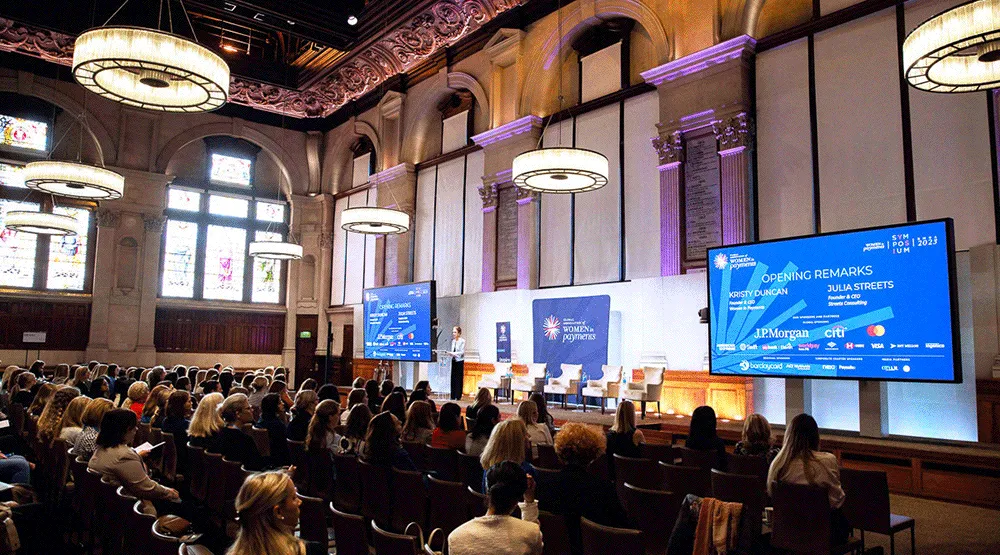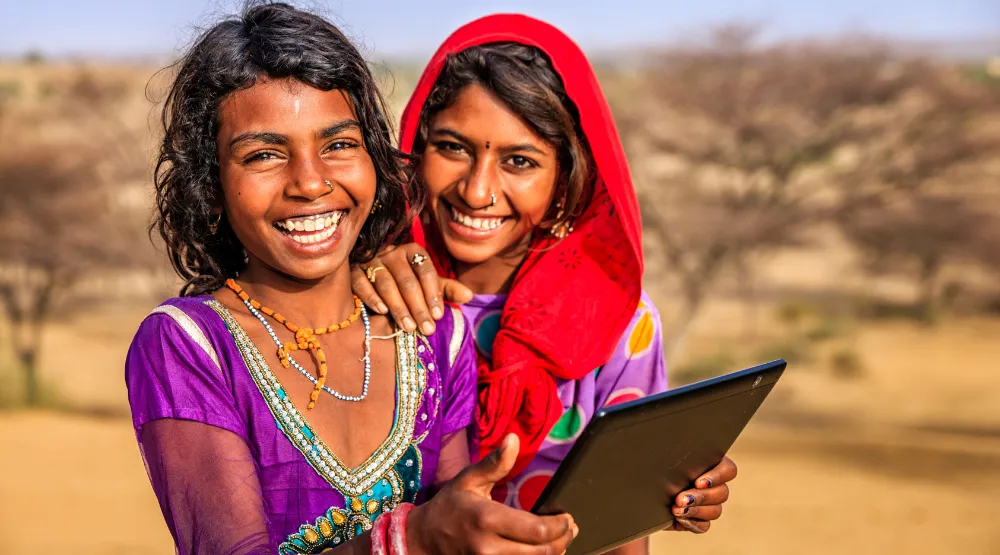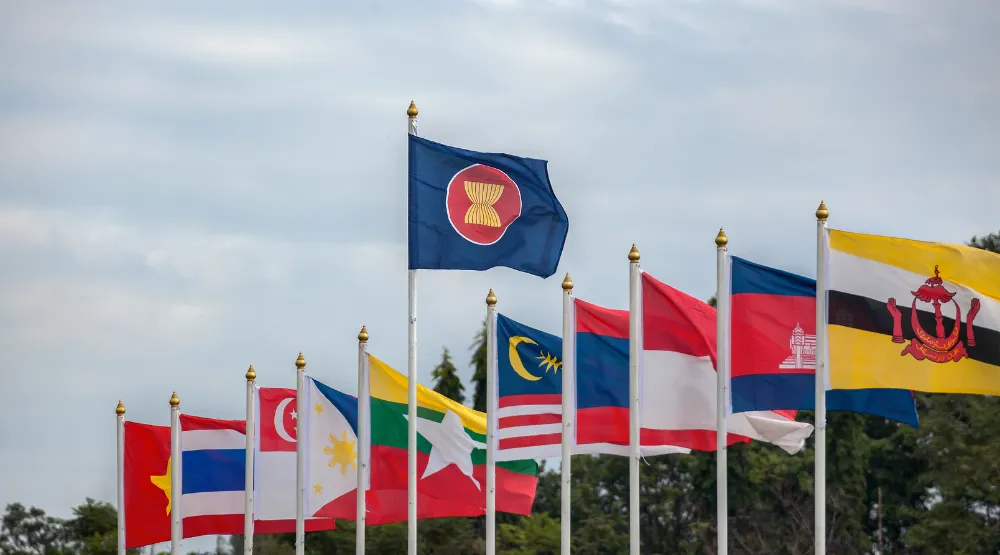Women still make up the large majority of the unbanked population around the world. According to 2021 figures from the World Bank, 78% of men have a bank account globally, compared to 74% of women. In developing countries, the gap was even wider: 74% for men and 68% for women.
Financial services companies, including some in the cross-border space, are working to close the financial gap between men and women worldwide through more accessible services, better education or lowering barriers to entry.

Tackling obstacles to financial inclusion
The unbanked gender gap in developing countries may have closed slightly (down to 6% from 9% in 2020), but many women living in these countries still face obstacles to financial inclusion. Statistically, they are more likely than men to lack formal ID, any form of financial education or the means to access bank branches, while many face restrictions around their rights to work or receive a lower income.
New digital banking offerings, such as Fea Money and Lucy, have emerged with women as a core market focus in recent years, with some promoting financial inclusion. In late 2021, Jefa, a women-focused financial services organisation, kicked off a seven-year partnership with Visa under which it will launch a credit card product (firstly in Mexico, then Colombia and Central America) with no minimum balance requirement, making it easier for unbanked people to apply.
Partnerships in the space are also set to facilitate easier money transfers in regions with high numbers of unbanked women. Last week, remittances giant MoneyGram partnered with US-based consumer finance company CreditCare, allowing it to expand its digital peer-to-peer payment services to Nigeria, which has consistently had a higher percentage of unbanked women compared to men.
African nations have been a focus for fintechs looking to boost financial inclusion (as we saw in our recent piece on West Africa payments). Earlier this year, African money transfer provider SasaiRemit teamed up with Qoki Zindlovukazi, a UK-based women’s organisation, with the aim of providing faster money transfers to Zimbabwe or South Africa. This is in line with rapid remittances growth to the region, with the Reserve Bank of Zimbabwe reporting that diaspora remittances increased 23%, to $1.37bn, across the first six months of 2022.
Financial illiteracy has hindered inclusion, particularly in more rural developing regions where cash is still heavily used. The Central Bank of Egypt has launched a number of initiatives for women living in rural areas, including financial education programmes and allowing women to open bank accounts using only their national IDs. Meanwhile, regional bank Ecobank Nigeria has worked with schools in the country to provide educational materials for women and girls, as well as make it easier for parents to pay school fees and move money internationally.
These are just some of the examples of initiatives around the world that are helping to boost financial inclusion for women worldwide. It’s a topic we cover often, from our recent Indonesia piece to a rundown of migrant-focused financial services, so stay tuned to our newsletter to keep up with the latest developments.
What are the top 100 cross-border payment companies worldwide?


